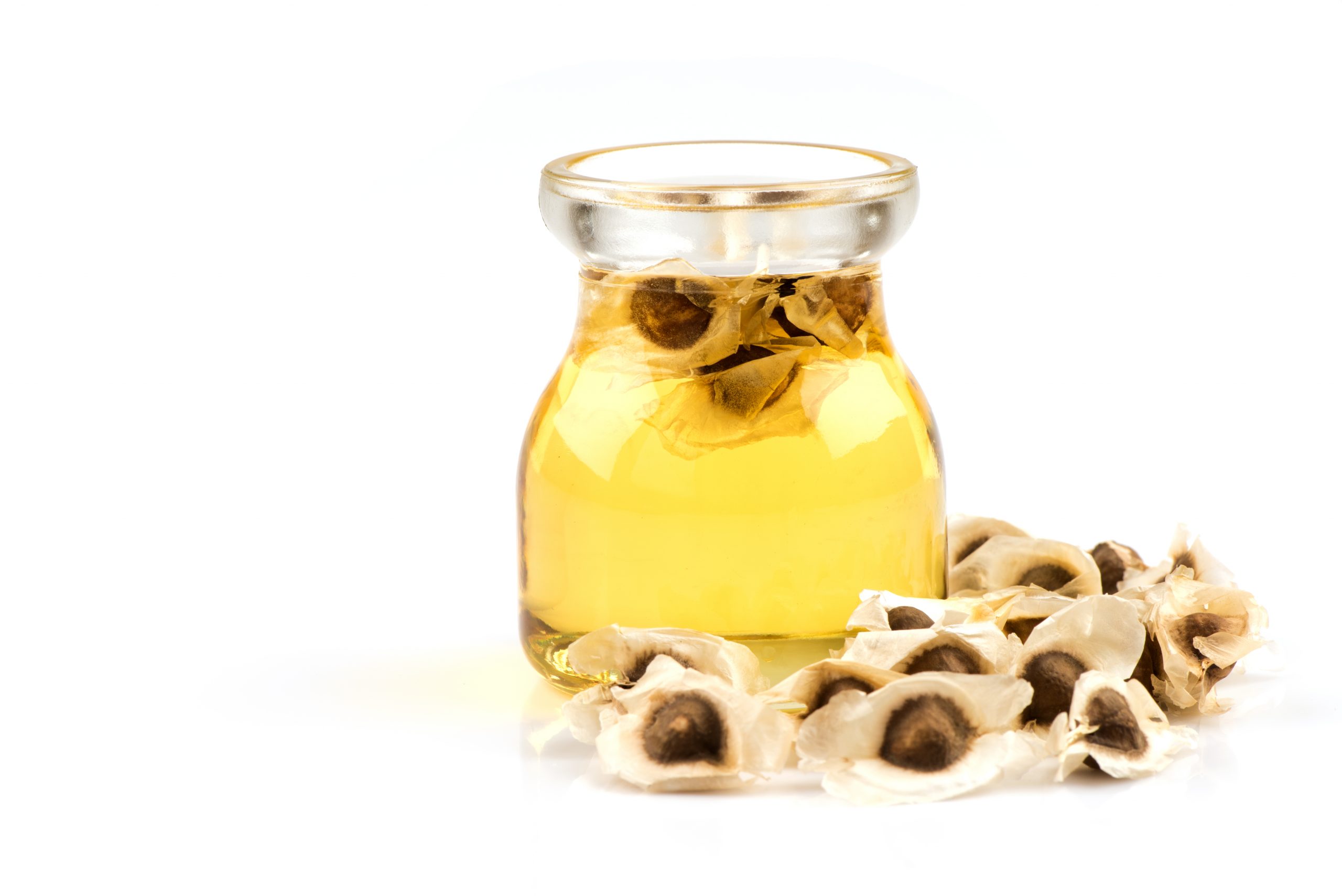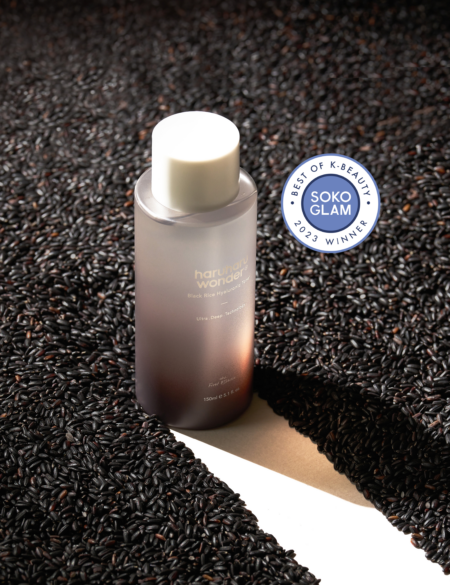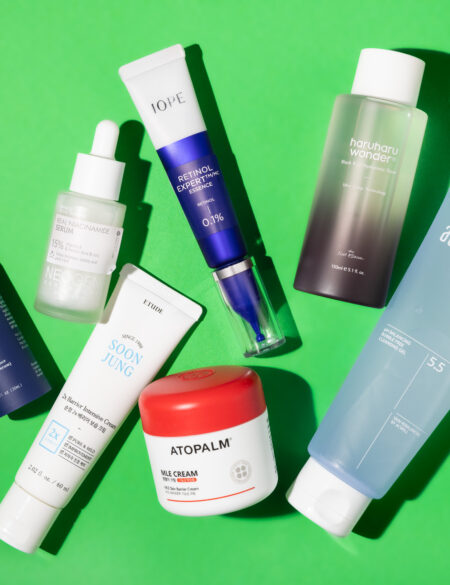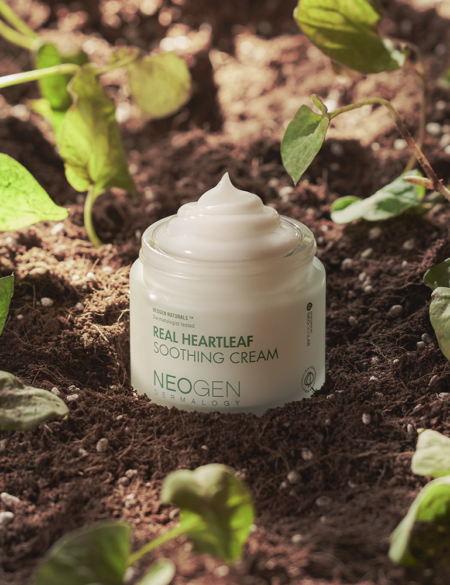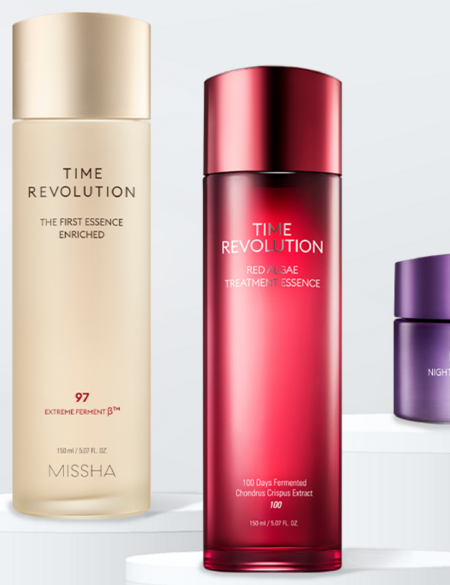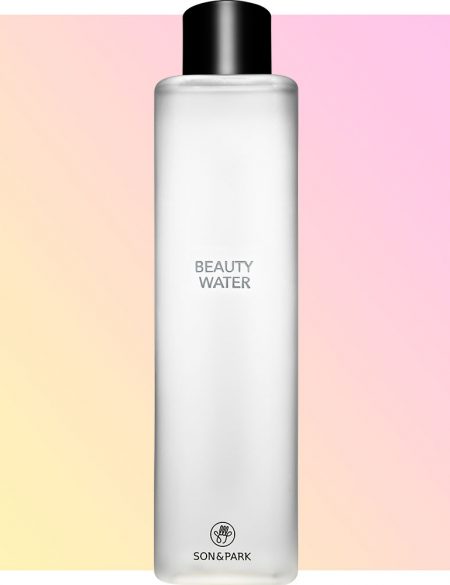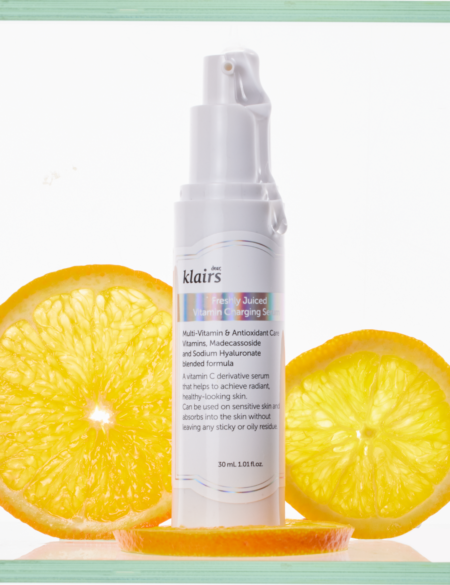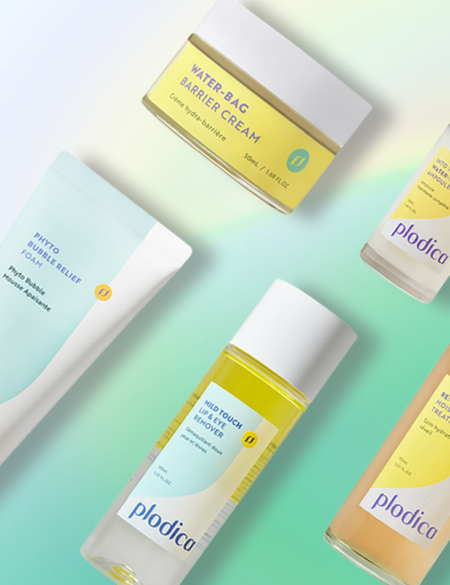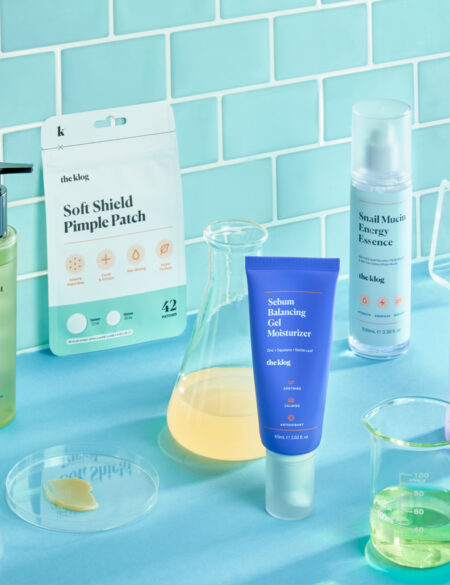“Comedogenic” is one of those terms in cosmetics like “anti-aging” and “all-natural” that kinda, sorta means something, but is ultimately pretty fluffy. To find out what it means for your skin- keep reading.
We’ve seen the word “comedogenic” swirling around the beauty sphere for years. It’s in commercials, magazines, and even on product packaging. Mentions of comedones are everywhere, so it’s time we really dig into the subject.
So what exactly does comedogenic mean?
If something is comedogenic, it causes a comedo, a.k.a. a clogged pore. By extension, if something is non-comedogenic, it means it’s specifically designed not to clog pores.
Comedos, because they’re clogged pores, can mean a bunch of things. Not all congested pores become visible acne; whether or not they do depends on a host of other factors, since we know that acne is a complex condition with multiple culprits.
Nevertheless, any blackhead or little whitehead or bump that is indeed a comedo can become a full-blown pimple, so it’s best to avoid them in the first place.
Do Products Have Comedogenic Ingredients?
Naturally, no skin care product would ever be formulated with the express purpose of clogging pores, but some products are more prone to clogging pores than others.
There are scales, some minimal, others quite comprehensive, of the comedogenicity of primarily the oils and butters in skin care, but other compounds like certain detergents can make the lists, too. Comedogenicity is therefore a measure of how likely an ingredient is to clog pores!
Generally speaking, if a product contains more than one or two highly comedogenic ingredients within the first five or so ingredients in its formulation, you may want to steer clear of it if you’re naturally prone to clogged pores (*raises hand*). Like a lot of things in skin care, however, it’s rarely this cut-and-dried.
One complicating factor is the fact that the comedogenicity of a certain ingredient can change depending on the concentration used. For example, I would never say chocolate is bitter. If, however, I eat 100% pure cacao nibs, I may live to regret it. As such, it’s hard to say if a product will clog pores simply by looking at the ingredient list.
Another fly in the ointment is the way in which these comedogenicity ratings are established. They’re usually not tested on someone’s face under very controlled conditions, allowing for each individual’s particular skin chemistry.
These ratings are, at best, a good starting point for someone who is consistently plagued by clogged pores and is trying to clean up their skin care regimen. Another possible use case for these ratings is if you’ve tried a new product that you didn’t think would clog your pores, and it does, and you want to understand why that may be the case.
If you like using tables and rating systems, and you want to learn more about how to use a comedogenicity scale in a way that makes sense, I encourage you to check out blogger Lab Muffin’s wonderful piece on the issue.
A Soko Glam Case Study
My Soko Glam co-workers and I were recently testing a new coconut oil product (coming soon!). The ingredient has a comedogenicity rating of 4, which is admittedly quite high. I tested it like I test all new products on my highly sensitive, acne-prone face: carefully and critically. Unfortunately, like a nice boy on Tinder who just doesn’t quite light a spark in you, this wasn’t the match for me. In contrast, Prayva, who has combo-oily, acne-prone skin was able to use this product no problem, whereas I immediately got some clogged pores which the cold, harsh winter turned into painful pimples.
Conversely, I have no issues with the Enature Moringa Cleansing Balm, despite moringa oil’s equal comedogenic rating.
This just goes to show you that although there are some rough guidelines out there, the only real way to know if a product will be comedogenic on your skin is to try it. If you’re very acne-prone or just want to be more wary, patch test!
Also, if you want to reap the benefits of an ingredient as wonderful as coconut oil (It’s eco-friendly! It smells good! It’s high anti-bacterial lauric acid!), but you want to make sure you’re keeping your pores properly clog-free, feel free to use coconut oil in an emulsifying cleanser and to use products that contain AHAs and BHAs to make sure those pores stay clear.


